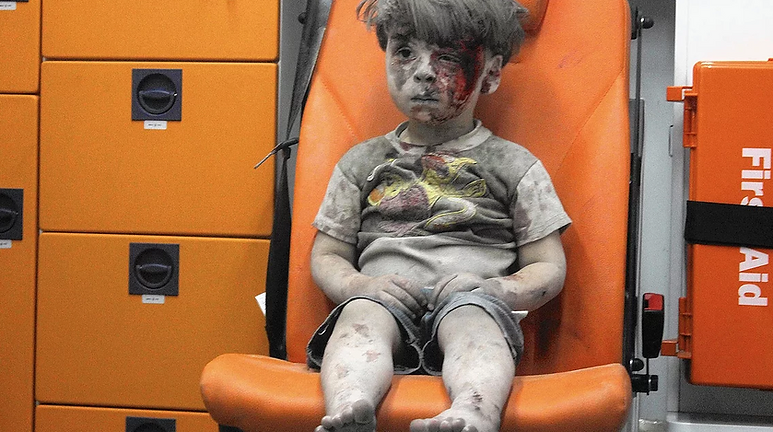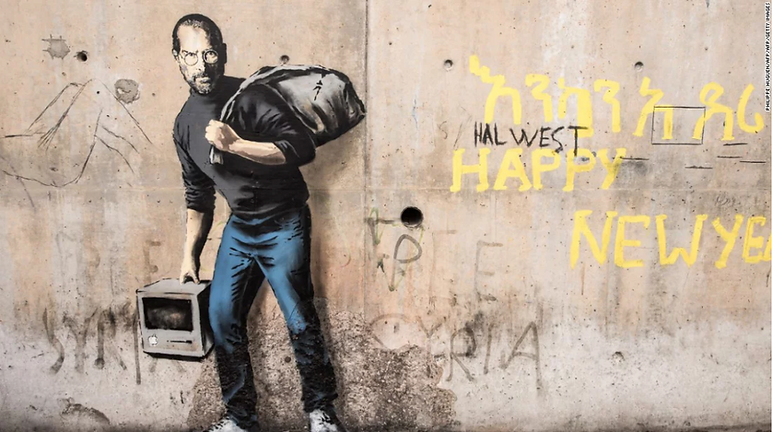5 Ways of Looking at a Refugee
When Syria fell, millions of migrants fled the ruins of their homes. Could art possibly make sense of their fate?
June 20, 2017 | by Creative Armenia
1. Documentary – Houses Without Doors
Avo Kaprealian leaned out of his window with a camera and filmed what he saw. What he saw was the end of his country as he knew it. The film that resulted was Houses Without Doors, and it premiered at the Berlinale in 2016. The film illustrates Syrian life both at home and in displacement. But Kaprealian takes a critical approach, and Houses Without Doors is a perfect example of how to make a film that no one can use for his own interest.
2. Photography – The Injured Child
We can’t say the same about the photograph of Omran Daqneesh (“the injured child”), which catapulted a 5-year-old boy into a symbol of Syria’s destruction. He is sitting alone, without any emotion, indifferent, shocked, exhausted. Predicting how the image of his son would be used, Omran’s father, Mohamad Kheir Daqneesh, decided to change Omran’s name and hairstyle so that no one can recognize him and intrusive journalists don’t film or photograph him again. Both government and opposition forces have tried to use this photo for their own purposes.

3. Virtual Reality – Clouds Over Sidra
New forms of art allow us to do more than to see and hear of the crisis. They allow us the possibility — or the illusion — of participating. Watch 12-year-old Sidra as she takes you on a tour of her home in a refugee camp in Jordan. Even if you don't have the VR glasses, you can click the navigation to shift your view as you watch the documentary. See if you can even last the full 9 minutes as a pair of eyes in Sidra’s walls, before returning to more comfortable sights.
4. Street Art – Steve Jobs in the Jungle
Banksy, an anonymous England-based graffiti artist, left his mark on the walls of the refugee camp in Calais, France — the largest refugee camp in Western Europe. His most famous mural in “The Jungle” shows Steve Jobs as a refugee lugging an Apple computer and a knapsack over his shoulder. Of course, Jobs’s mother was a refugee. But a moral question remains: Are we supposed to care less about refugees who might one day become teachers or construction workers? Still, in the shoddy depths of The Jungle — known for its deplorable conditions — the bold image of the former Apple CEO has a resonance that is hard to erase.

5. Music – The Promise
On May 18, 2017, the world mourned the shocking death of Chris Cornell. Just a few weeks before, on behalf of the Chris & Vicky Cornell Foundation, the rock star and philanthropist had visited a refugee camp in Athens to offer help to refugee families. And now, a few weeks later, we discover that he has left something behind for us. It’s the music video for his last song, "The Promise" — which runs in the end-titles of the film of the same name. It is released today — World Refugee Day — and all the proceeds go to the International Rescue Committee.
And one promise you made
One promise that always remains
No matter the price
A promise to survive
Persevere and thrive
As we've always done.
#keepthepromise
